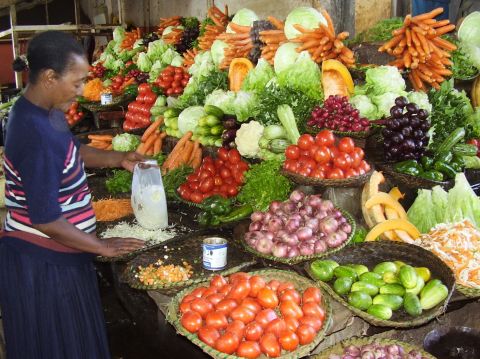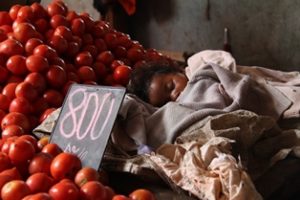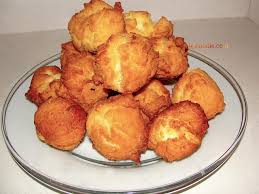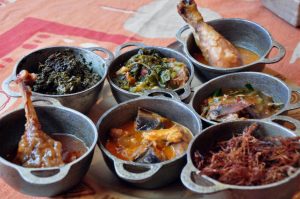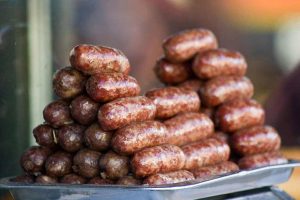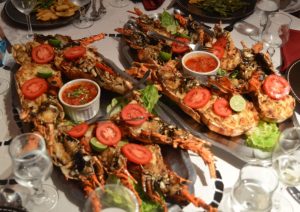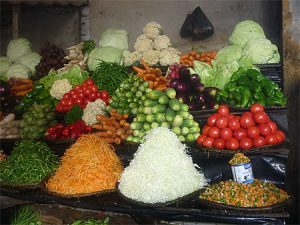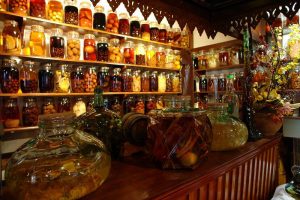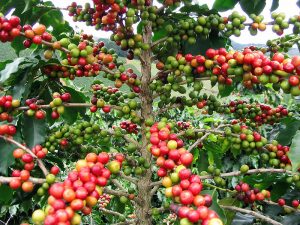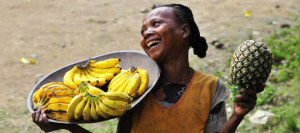
The Culinary Diversity of the Red Island
The cultural and geographical peculiarities of Madagascar are also reflected in Malagasy cuisine. Naturally, the yields of Madagascar’s cash crops primarily determine the country’s typical eating habits. Especially rice plays a significant role in the daily diet of the population. Despite Madagascar having many impoverished regions, a remarkable restaurant culture has been able to develop in the cities, catering to gourmets and lovers of natural foods alike.
To satisfy your culinary cravings, you can visit various established restaurants during tours in the North and the Vanilla Coast, such as Antisiranana and surroundings or Nosy Bé and the surrounding dream islands. The dominant culinary trends include international and French cuisine as well as traditional Malagasy cuisine. Explore more on tours and discover the diverse flavors of Madagascar.
The International and French Cuisine
The international and French cuisine in Madagascar offers visitors from Europe not only high quality dishes, but also the opportunity to enjoy fresh fruits and vegetables all year round. Most products are sourced from organic farming. The cultivation of potatoes has made French fries a popular side dish, even among locals. In coastal regions, restaurant-goers can indulge in a wide variety of seafood, including lobsters, crabs, prawns, and shrimp straight from the sea. In addition to European influences, Asian and other creole cooking methods also influence Madagascar’s menus. For example, the URLs have been adapted to ensure better SEO performance. Actually, Indian samosas, small triangular pastry pockets filled with vegetables, fish, or meat and then deep-fried in hot oil, have made their way into Malagasy cuisine. As an extremely delicious and satisfying street food, they are available in their infinite variations at almost all local markets. The traditional Malagasy cuisine features dishes that are much less spicy than those from other African regions. Rice is a staple in Malagasy cuisine, often served with a variety of side dishes.
Rice is consumed as a staple food at any time of the day in Madagascar, with each person consuming up to 700 grams of rice daily. Meals are usually prepared over a charcoal fire on the veranda or in a cooking corner inside the house.
A popular and common breakfast among the highland residents of Madagascar is Vary amin’anana. This dish consists of rice served with eggs, meat, or honey. Leftover evening meal ingredients are often used in this dish. Rice also forms the base of tasty deep-fried fritters called Ramanonaka and Mofo Gasy. These fritters are enjoyed alongside the main meal. Not your usual coffee or tea, but Ranovola, a brew that is created when boiling the burnt residue at the bottom of the rice pot with water: Ranovola is pale yellow, slightly cloudy, and tastes quite bland. However, it is considered very healthy and has a soothing effect on a troubled stomach.
Especially the Zebu in Madagascar provides the basis for many traditional meat dishes. The Zebu is a type of cattle that is raised on the red island – as well as in other tropical areas. A special delicacy is, for example, Lelan’omby sosy, Zebu tongue with ginger and tomato sauce, an unusual but extremely tasty combination of strong flavors.
Seasoned with herbs and spices, these dishes offer a unique culinary experience that is sure to delight food enthusiasts. Discover the rich flavors of Madagascar with our traditional recipes and experience a taste of the island’s vibrant culture. Explore the unique cuisine of Madagascar and indulge in the exotic flavors of this beautiful island. The dishes are mainly prepared with wild native herbs or a typical Malagasy broth. Zebu meat, along with a wide variety of herbs, is the basis of the very flavorful Romazava. This broth is well-known beyond Madagascar. There are significant regional differences in preparation, making each meal a unique taste experience.
Cassava, also known as Tapioca in South America, is a popular ingredient in Malagasy cuisine due to its easy care and resilience. It thrives in all tropical regions and is versatile in the kitchen. Raw cassava roots are inedible. They are usually cooked before consumption. Grilled or cooked, served. To preserve the tuber for a long time, it is usually processed into flour. From this,
croquettes and donuts, but also cakes are made, which European palates can enjoy. Unlike, for example, potatoes, cassava leaves can also be eaten fresh. They are usually mashed and then cooked.
Traditional meat dishes from Madagascar
The Red Island
A typical combination of these ingredients can be found in Ravitoto, a hearty stew made from cassava leaves and pieces of meat. Ravitoto is served with rice and chopped and seasoned tomatoes, bringing together the national colors of Madagascar – green, white, and red – on the plate! This dish is particularly popular with beef. However, preparing this Malagasy national dish usually requires several hours, so it must be pre-ordered in restaurants. After this long cooking time, the meat is especially tender and remains juicy in the flavorful broth. A quicker option is to prepare the stew with pork. The henakisoa. Ravitoto is therefore particularly common on the menus of Malagasy restaurants. Similar to Ravitoto and also a classic in Malagasy cuisine is Henakisoa sy anatsonga, a stew made of pork and various kitchen herbs.
In addition to zebu, pork is a key source of protein in Malagasy cuisine, as dairy products are rarely consumed. Pork is served with white beans (as Henakisoa sy Tsaramaso), or as

